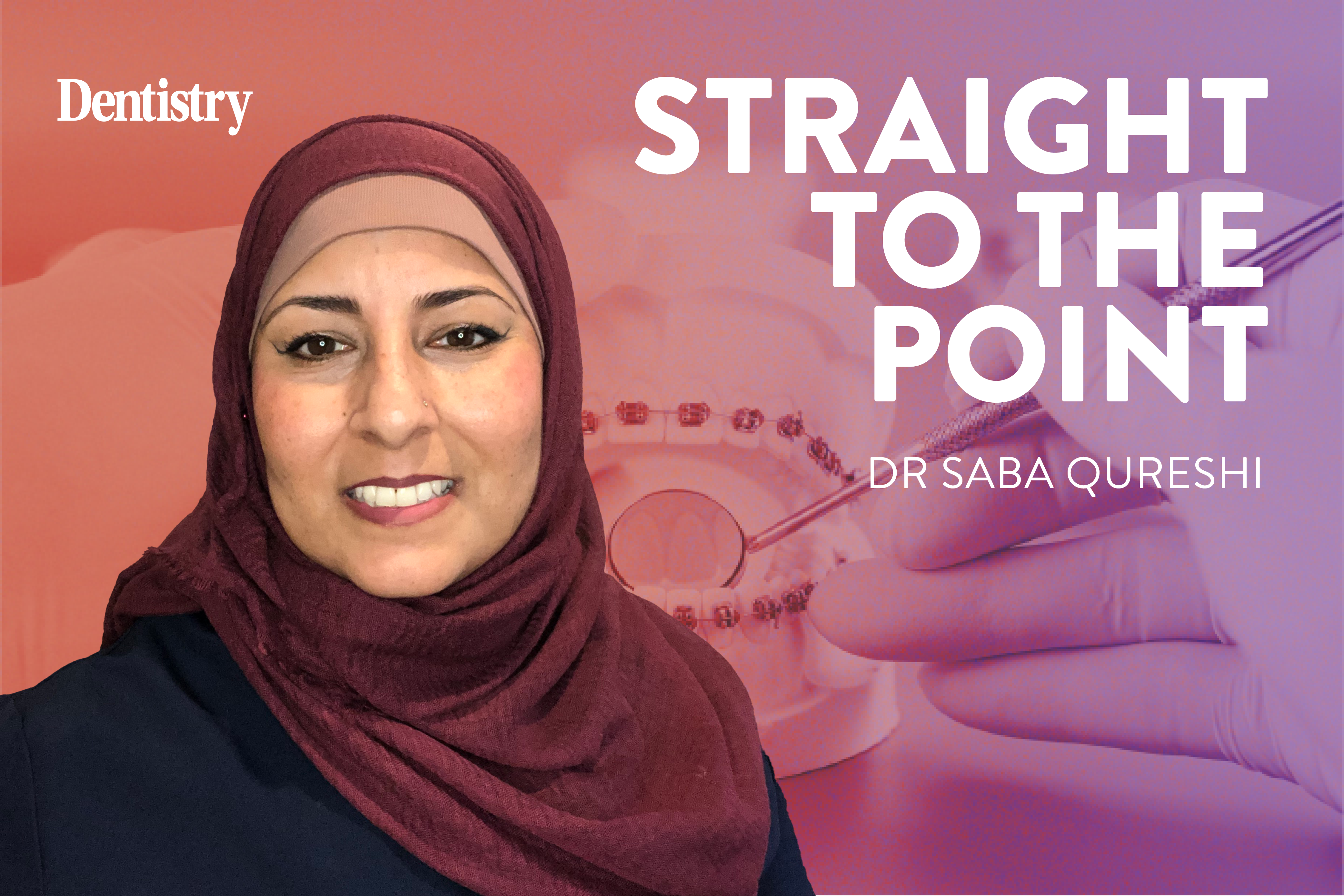
This month, Saba Qureshi covers the topic of buccal corridors, asking whether they truly should be addressed through orthodontics.
The perfect smile depends on many factors such as the smile arc, symmetry and ratio of maxillary anterior teeth. Also significant are gingival display and contours, midlines and angulation of teeth, shape, colour of teeth and the anatomic shape and volume of the lips.
In amongst these, one of the most frequently quoted by patients seeking smile makeovers is the narrowness of their smile. In other words, the presence of buccal corridors. But is this because they perceive their smile as narrow and notice the dark spaces between their teeth and lips, or because we have inadvertently, as a profession, informed them that this is what they should be looking for?
The importance of buccal corridor spaces
Buccal corridors are defined as the space between the buccal surface of the posterior teeth and the lip corners. This is calculated from the mesial line angle of the maxillary first premolar to the inferior part of the commissure of the lip. The typical buccal corridor width in a patient with a pleasing smile is 1.5 to 2.5 mm on each side.
Studies have been conducted since the 1950s into the perception of buccal corridor spaces between laypersons and dental professionals. They highlight the importance of buccal corridor spaces. Their presence gives the illusion of a natural dentition, whereas absence gives the patient an artificial appearance. Females were shown to have a smaller percentage of buccal corridors when compared males, but a wider display of dentition.
Of course, dental professionals such as orthodontists and prosthodontists were found to be more aware of buccal corridor spaces. While patients didn’t single out buccal corridors, they were found to favour smiles with small to medium sized buccal corridors.
In order to maximise smile aesthetics, it may be necessary to address existing buccal corridor spaces. This can be done using orthodontics, prosthodontics or a combination of both.
If we focus on orthodontics first, concentrating on cases where expansion devices are unnecessary, let’s look at our treatment options:
Fixed appliance therapy
Fixed appliances have been shown to be effective in upper arch expansion, with a combination of brackets and arch wires allowing expression of torque, in the premolar region particularly, to broaden the smile. While traditional, labial fixed braces are good at this, in general, lingual systems are able to produce comparatively greater expansion in the posterior regions in the hands of a skilled orthodontist.
Self-ligating systems, such as the Damon appliance, purportedly produce greater expansion than traditional fixed appliances. Whilst this may be true, smile attractiveness and areas of buccal and posterior corridors have been shown to be similar in groups treated with self‐ligating and conventional appliances, with and without rapid maxillary expansion.
One might also expect that premolar extractions, often utilised in orthodontic treatment planning for relief of crowding, may result in a contracted maxillary arch and increased buccal corridors beyond that which is considered acceptable.
However, this is not the case. Studies have found no significant difference in the buccal corridor and posterior corridor widths following orthodontic treatment with and without extraction of the first four premolars. Kate Middleton is a shining example of a smile that has benefited from loss of premolars but maintained its fullness.
Aligner therapy
With the trend towards both adult and child patients asking for more discreet aligner treatment options, for example Invisalign, an understanding of their efficacy to expand the upper arch is essential. There is much research that still needs to be conducted on aligner therapy. But there are handful of studies that have looked at tooth movements using aligners.
Buccolingual tipping has been shown to be the most accurate type of tooth movement produced by aligners. Expansion is greatest in the premolar region, decreasing from anterior to posterior. However, aligners do not demonstrate the accuracy in arch expansion of traditional fixed orthodontic appliances in the transverse dimension.
Despite arch expansion with Invisalign is not being ideally predictable, it is still a popular choice amongst patients with crowding. In order to compensate for the lack of predictable movement, overcorrection should be considered when planning arch expansion with aligners.
Of course, there will be patients who are looking for a complete smile makeover, wanting to change the shape, colour and position of teeth, as well as broadening their smile. Such patients are best provided with both orthodontic and cosmetic options for improvements. I will leave it to my esteemed cosmetic and prosthodontic colleagues to discuss the options for veneers or crowns to address smile width and buccal corridors.
‘A harmonious balance’
For a long time, orthodontic treatment was primarily based on occlusal relationship results. Today’s patients are more discerning so modern orthodontics also requires a harmonious balance between soft tissues and occlusion.
As to buccal corridors, minimal or excessive buccal corridors should be included in the problem list in orthodontic diagnosis. They do have an impact on dental and facial appearance. We must ensure that we base our treatment planning according to our patients’ perspective rather than out own aesthetic guidelines.
Catch up on previous Straight to the Point columns:
- Eating disorders and orthodontics
- Orthodontic trends: fads versus facts
- NHS referral guidelines
- The periodontally compromised patient
- Optimum aftercare: tips for your patients.
Follow Dentistry.co.uk on Instagram to keep up with all the latest dental news and trends.


